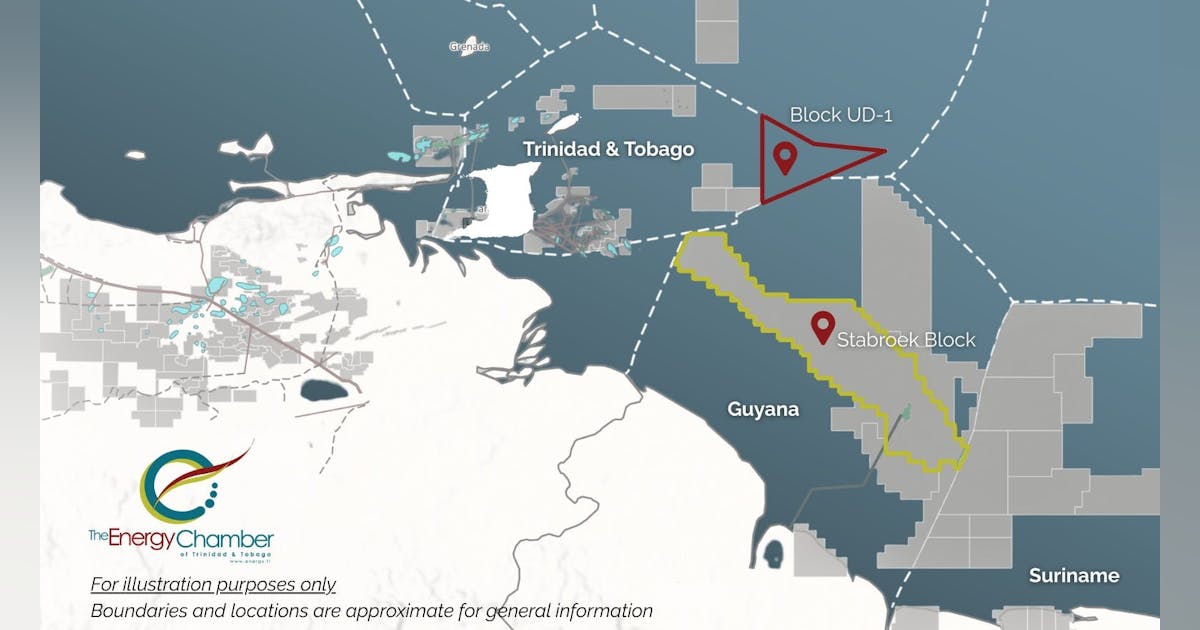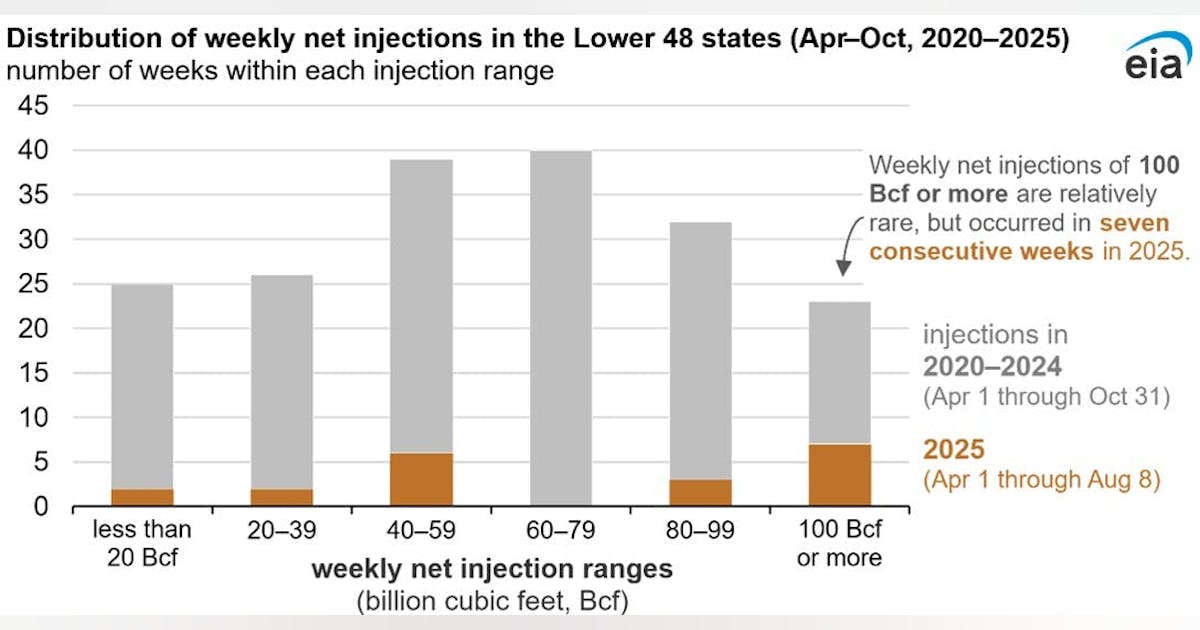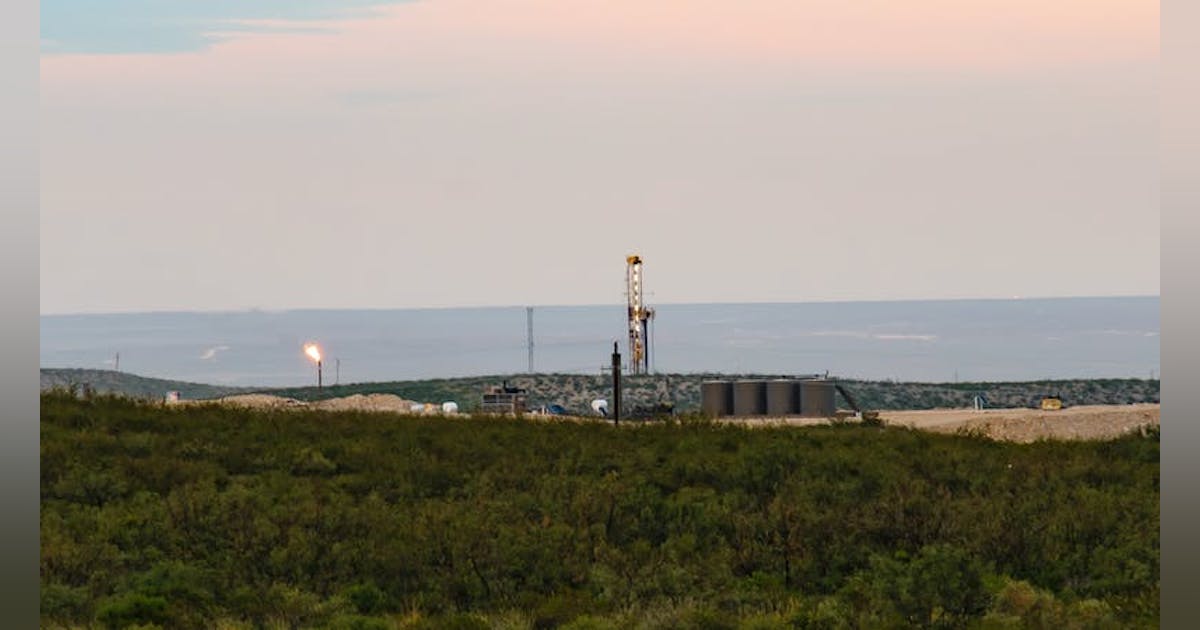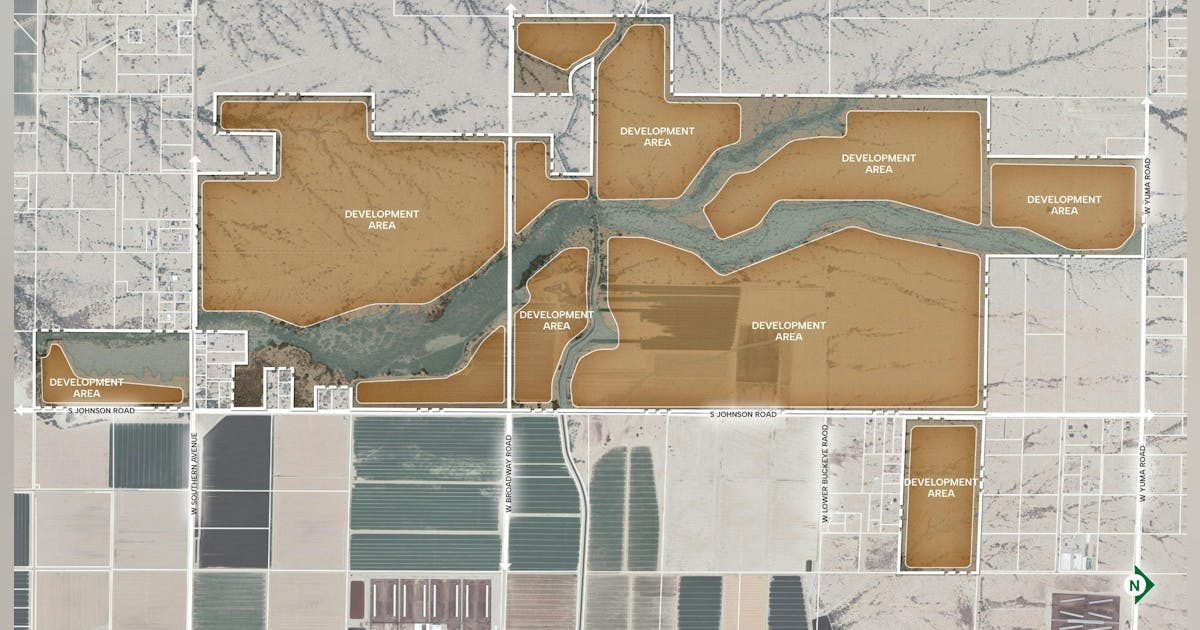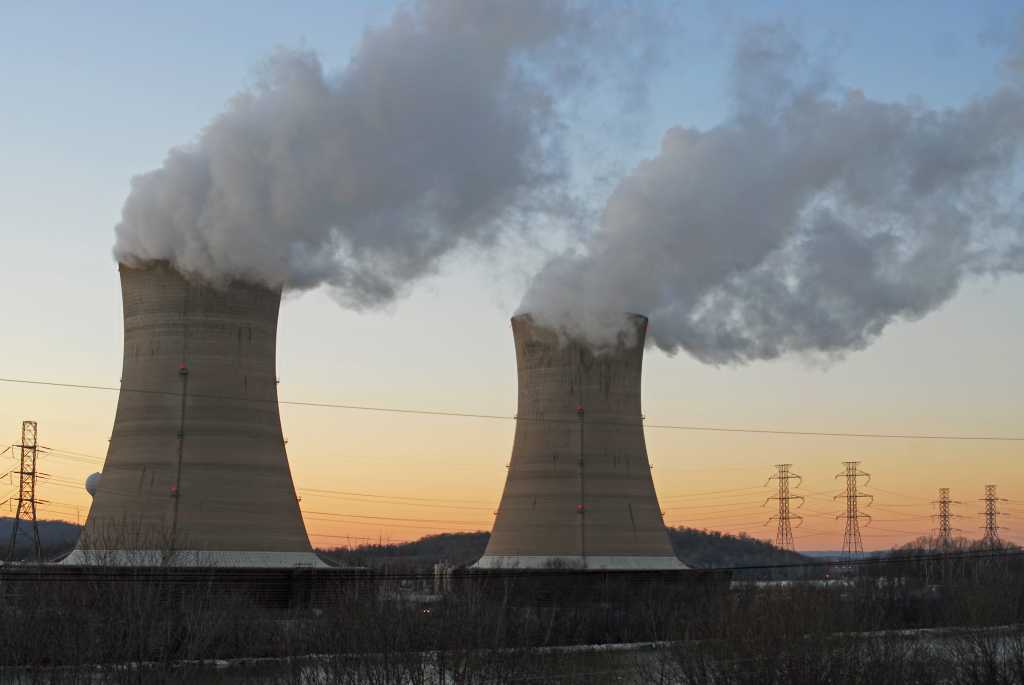
2025 has been a landmark year for data center development. The rise of the AI Factory and AI-driven data center designs has made announcements of massive new complexes routine, with claims and certainties that these facilities will require hundreds of megawatts of power scarcely raising an industry eyebrow.
At the same time, opposition is becoming more organized, often forming unexpected alliances. Even in an era of clear political alignment around certain causes, blocking data center projects has emerged as a bipartisan concern among voters. In the past several months, as data center projects in the gigawatt range have been announced, significant behind-the-scenes opposition has been building, from local grassroots organizations to state legislatures crafting new guidelines for data center development.
Rising Community Opposition
In 2025, multiple communities across the U.S., from Northern Virginia to Indiana, Texas, Arizona, Georgia, and Alabama, have effectively organized to challenge proposed data center developments. Some campaigns have already succeeded in delaying or derailing projects, while others are still building momentum.
A report from Data Center Watch, covering the period from May 2024 to March 2025, estimates that billions in data center investment have already been affected by local resistance: $18 billion in projects were blocked, and another $46 billion faced delays. Whether these trends will represent a lasting constraint on the AI-driven data center boom remains unclear, but one point is certain: organized community action has become a central front in the debate over digital infrastructure in America.
The Data Center Watch report also identified 142 activist groups across 24 states actively opposing data center projects. While opposition is largely local in focus, the nature of the concerns has remained relatively consistent, with activism often coalescing quickly into organized groups (such as the Coalition to Protect Prince William County, No Desert Data Center, and Protect FT) frequently collaborating with existing environmental or civic organizations.
Beyond NIMBY: The Core Concerns Driving Opposition
Unlike many early NIMBY battles, current opposition to data center projects frequently goes beyond “not in my backyard.” Common issues raised by communities include:
Resource Constraints: High water and electricity usage, particularly for cooling servers, can consume millions of gallons per day, raising alarms in areas with limited water supplies or aging electrical grids.
Environmental & Health Impacts: Noise, diesel-powered backup generators, and polluted runoff (e.g., elevated salt or nitrogen) have been linked to community health complaints. Construction can also overwhelm roads, increase heavy truck traffic, and strain sewers and stormwater systems, leaving lasting impacts. Impacts on bird habitats or reservoirs can be especially contentious in regions with a strong history of conservation.
Aesthetic Concerns: Residents near data centers often report constant low-frequency hums from cooling fans, air handlers, and transformers. Generator and equipment testing can produce disruptive vibrations and nighttime noise spikes. Many facilities resemble industrial warehouses, clashing with suburban or rural architectural aesthetics. Backup power and site construction practices are commonly cited as quality-of-life issues.
Limited Local Benefits: Despite large construction-phase employment numbers often cited by developers, critics note that data centers generate relatively few permanent jobs, often receive tax incentives, and may shift infrastructure costs onto local taxpayers while offering minimal long-term economic lift.
Lack of Transparency: Many data center deals are brokered behind closed doors under NDAs with local governments. Sites are frequently approved as “by right” under permissive zoning, limiting public engagement and leaving residents feeling excluded from decisions about infrastructure commitments and community impacts.
Lack of Regulatory Oversight: Many states, including Virginia, have no comprehensive rules governing data center siting, resulting in ad-hoc, sporadic local battles. Proposed rollbacks to Clean Water Act permitting have further inflamed tensions.
Communities have also begun forming ad hoc resistance networks, sharing tactics and data across towns to replicate successful campaigns (particularly those seen in Virginia) creating a more organized national movement.
Case Studies in Community Pushback
Louisa County, VA: One of the most tangible victories for grassroots activism came when strong public opposition led Amazon Web Services to withdraw its 7.2 million ft² proposal in late July 2025. Extensive community meetings and organized resistance played a key role, even as three additional proposals remained in earlier stages. The episode highlighted how “by-right” zoning can still collide with community pressure.
Prince William County, VA: In August 2025, two lawsuits filed in January 2024 against data centers planned near the Manassas National Battlefield Park culminated in a ruling from Circuit Court Judge Kimberly A. Irving, who voided the proposed Prince William Digital Gateway rezoning. Built by QTS Realty Trust and Compass Datacenters on 2,139 acres, the project now faces a mandated revote by county commissioners. Even if appealed successfully, the timeline is expected to stretch at least two years, with land purchase agreements contingent on full legal resolution.
Franklin Township, IN: In May 2025, an unnamed developer’s proposal ignited a grassroots campaign focused on traffic, noise, flooding, water-table impact, and farmland loss. Residents organized yard signs, petitions, and public hearings to oppose the rezoning of nearly 500 acres, arguing the facility would offer minimal long-term economic benefit locally.
San Marcos / Hays County, TX: In June, residents mobilized against a new Sabey Data Centers proposal, citing threats to ecosystems, water resources, and rural character. Engagement with city council on annexation terms is ongoing. This would be Sabey’s third facility in the immediate region, following the recent completion of an 84 MW, 603,000 ft² facility now home to the Texas Advanced Computing Center.
Richland Parish, LA: A rare instance of coordinated public and NGO [non-governmental organization] opposition is forming around Meta’s planned $10 billion AI-optimized campus on a 2,700-acre former farm near Holly Ridge. Local activists and national environmental groups, including the Alliance for Affordable Energy, Union of Concerned Scientists, and Earthjustice, have raised concerns over environmental impacts and transparency.








